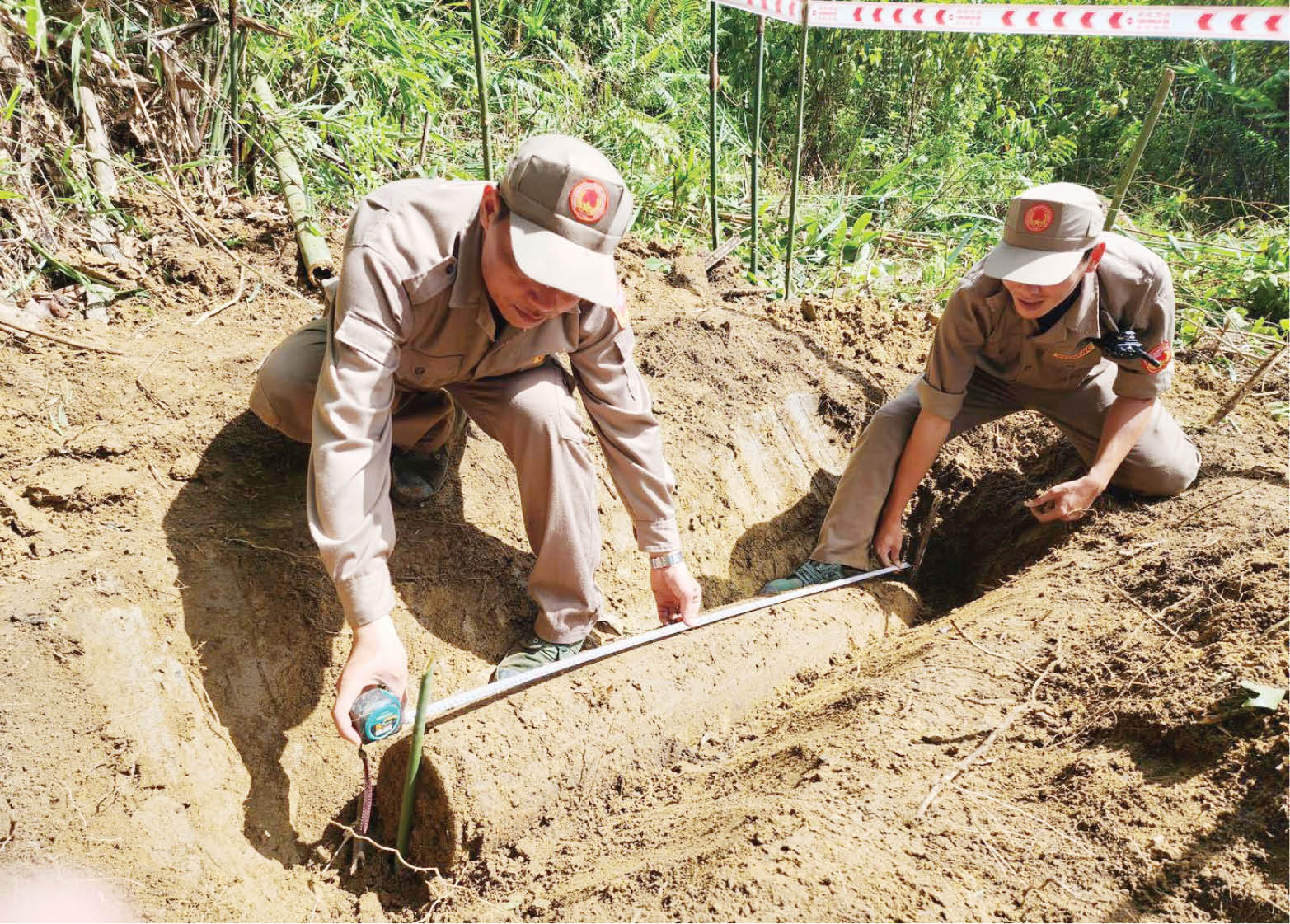 |
| NPA forces handle newly cleared bombs and mines in Phong Hien ward, Phong Dien town. |
Speed up search and processing
In early May 2025, during the process of clearing explosive ordnance (ER) in Bac Trieu Vinh residential group (Phong Hien ward, Phong Dien town), the multi-task team of Norwegian People's Aid (NPA) - operating in the field of ER in Hue branch discovered an ammunition bunker containing 35 explosives, including artillery shells, mortar shells, grenades and rocket-propelled grenades. According to local people, this area used to be the forward field surgical station of our Army during the 1975 Spring campaign. The station was the target of many artillery shellings during the war, making this area potentially vulnerable to explosive remnants of war.
After assessing the scene, the multi-task team leader determined that 4 out of 35 explosives were in an exploded state and should be detonated on site; the rest were moved to the NPA centralized detonation site to ensure public safety. According to the NPA representative in Hue, the RPBM operation in this area has been deployed since April 2025 with an estimated area of 403,234m². Up to that point, the team had cleared and cleaned 102,000m² of land, and disposed of 80 explosives, including 20 cluster bombs. It is expected that after completing the task by the end of September 2025, 945 people will benefit from this humanitarian activity.
Although the war has passed 50 years, the work of RPBM has been carried out regularly and continuously by the relevant agencies, but there are still many potential risks of mines and bombs left over from the war. According to the report on the current status of mine and bomb contamination (ONBM) of the Government published in May 2018, Thua Thien Hue province (now Hue city) has 172,221 hectares of contaminated land, equivalent to 34.08% of the city's total area affected by mines and bombs left over from the war. Facing this great challenge, over the years, Hue city has made continuous efforts to overcome the consequences of mines and bombs.
In addition to the Army's RPBM mission, international organizations and foreign non-governmental organizations have also actively accompanied the locality in providing both material and technical support, coordinating the organization of RPBM activities such as: NPA, SODI, APOPO... As a result, for the Government's investment project: 2 phases from 2004 - 2013 cleaned nearly 15,000 hectares; some mine reduction projects of international organizations contributed to cleaning more than 1,550 hectares. The total land area covered by RPBM in the locality is only 16,500 hectares/172,000 hectares of ONBM (accounting for a very low proportion, less than 10%).
Currently, some localities have large areas of land affected by explosives and unexploded ordnance such as: A Luoi 64,793ha, Phong Dien 39,429ha, Nam Dong 17,710ha, Huong Tra 12,558ha... From the above figures, it can be seen that explosives and unexploded ordnance left over from the war in Hue City are always a potential danger, greatly affecting land reclamation, restoration, construction of settlement works and production activities, socio -economic development, hunger eradication and poverty reduction for the people.
Mobilizing international aid resources
Lieutenant Colonel Le Van Thanh Ngoc, Head of the Engineering Department, City Military Command (CHQS) shared: In recent years, organizations and political systems have organized many communication and education activities to raise social awareness of the dangers of mines and the significance of post-war mine clearance work. Thereby, contributing to important results in the work of overcoming the consequences of mines and bombs in the city.
The city's government, army and people have mobilized all resources to overcome the consequences of post-war bombs, mines and explosives. However, due to the large area of land affected by bombs, mines and explosives, while the city's resources are limited, the work of overcoming the consequences of bombs, mines and explosives still faces many difficulties, and the area of land cleared of bombs, mines and explosives is not much. Although it has been deployed and organized in many areas, the results achieved are still low compared to the scale and requirements set out.
To continue to promote the work of overcoming the consequences of post-war bombs and mines, it requires more active participation of the entire political system and society. Authorities at all levels need to study, revise, supplement and perfect the system of documents regulating the activities of overcoming the consequences of bombs and mines. Quickly mobilizing resources to handle ONBM, explosives, and clean up the land is the basis for creating more resources for socio-economic development; at the same time, contributing to ensuring absolute safety for people, minimizing unsafe incidents caused by post-war bombs and mines.
Along with that, promote foreign propaganda so that governments of countries, international organizations and people of the world can better understand the consequences of post-war mines, the difficulties and challenges of Vietnam and the viewpoints of our Party and State in overcoming the consequences of mines. Thereby, creating stronger support from the international community to have more resources, speed up progress, propose support for the capacity to detect and handle underwater mines and manufacture equipment to detect and handle mines, overcome the consequences of post-war mines in Vietnam in general and Hue City in particular.
Source: https://huengaynay.vn/chinh-tri-xa-hoi/no-luc-lam-sach-cac-vung-dat-con-o-nhiem-bom-min-154184.html


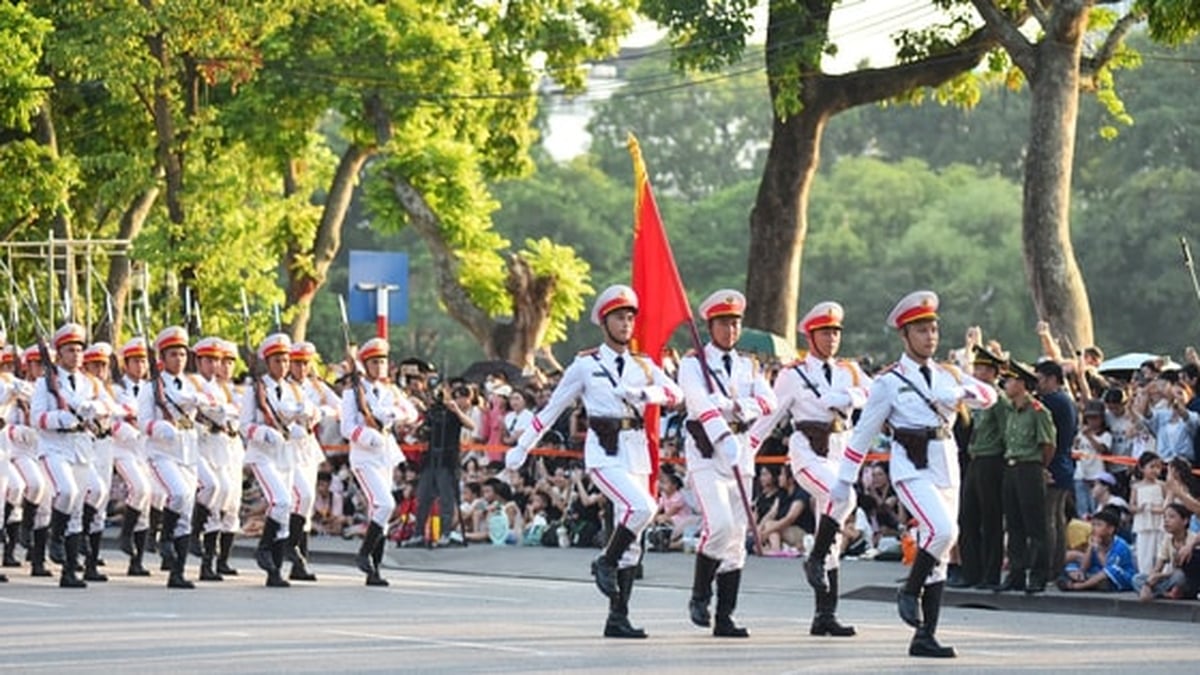


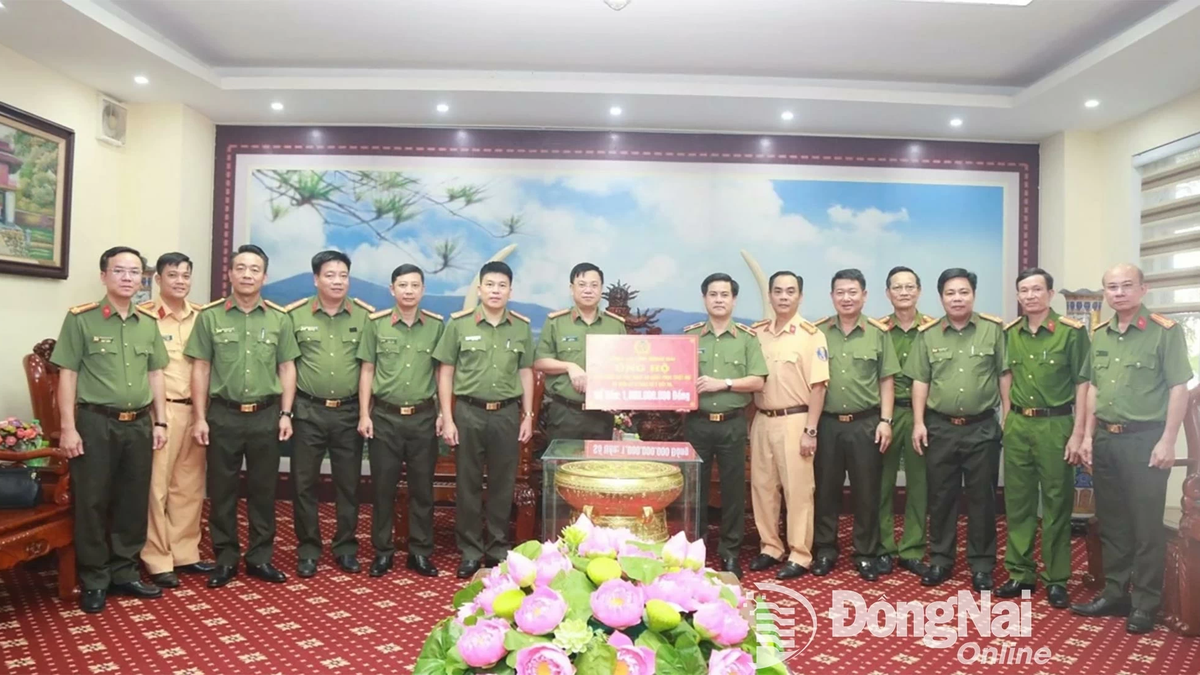
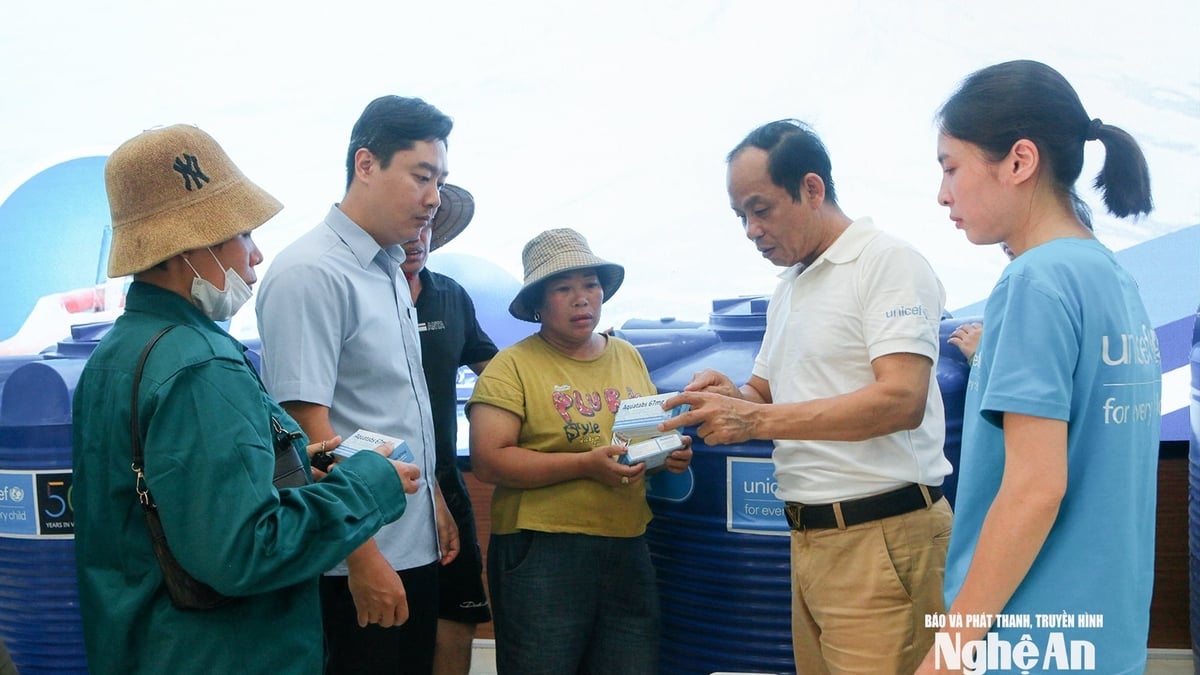

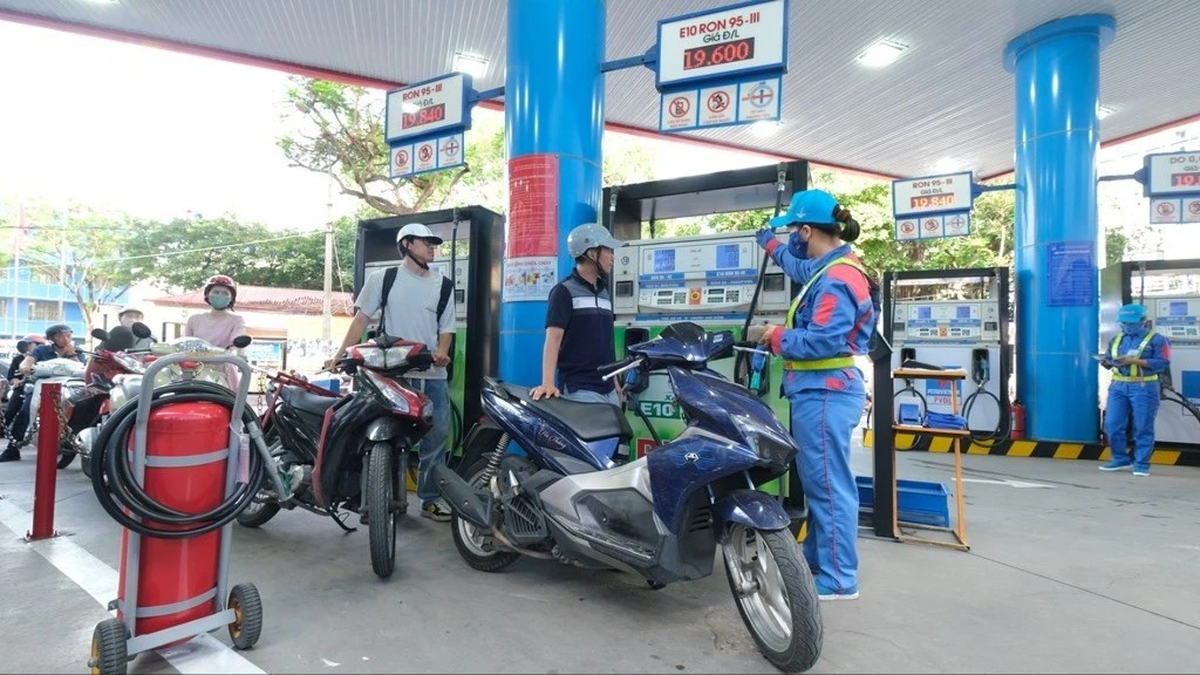
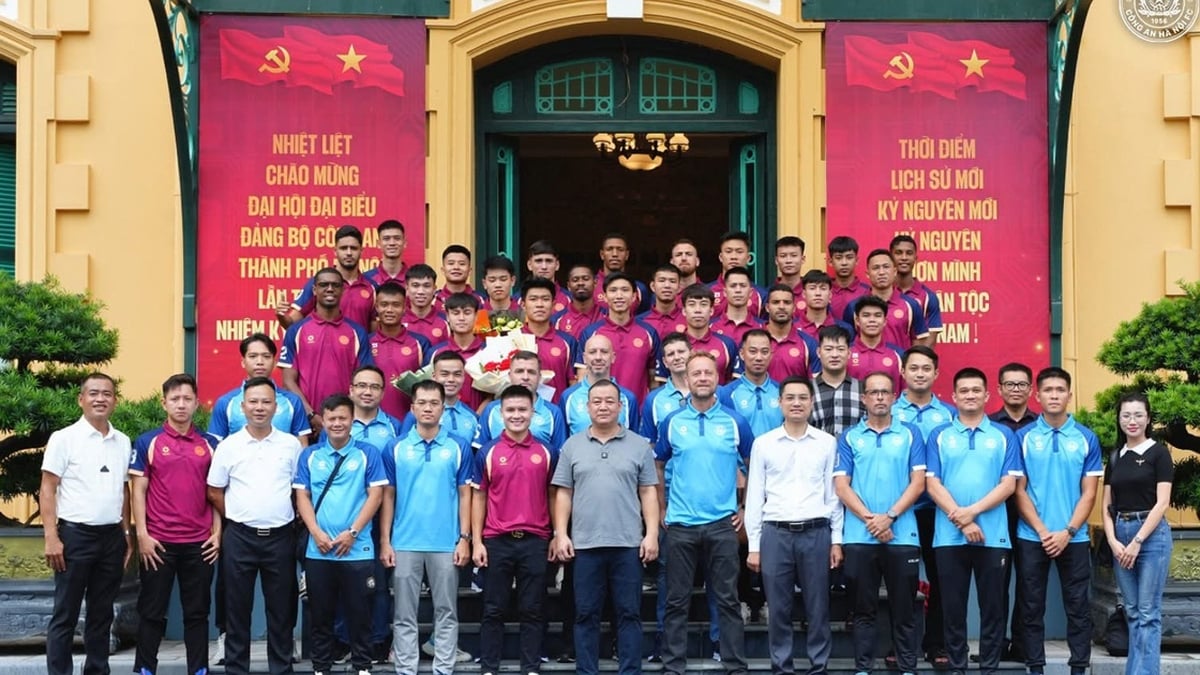
























































































Comment (0)